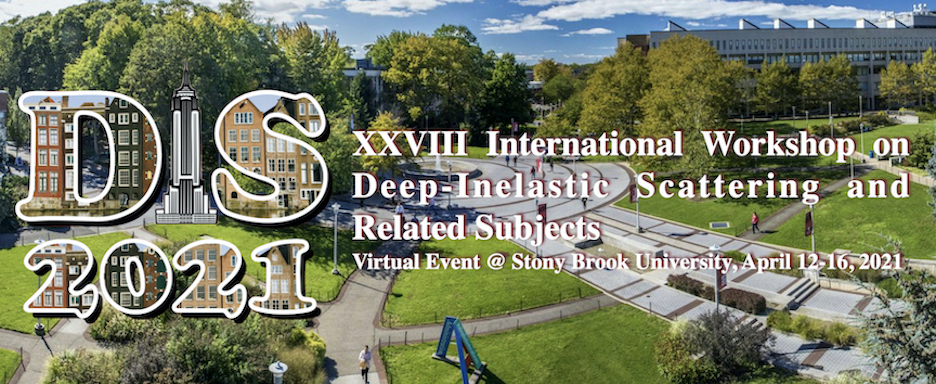Speaker
Description
The Electron-Ion Collider will be the first collider to use both polarized electron beams and polarized proton and light ion beams. This will offer unique opportunities to study the structure of protons and nuclei and to answer fundamental questions in QCD.
The uncertainties on the polarization measurement translate directly into the uncertainties of final physics observables. Hence, a precise measurement of the hadron beam polarization and a good control of the uncertainties are critical for the success of the spin program at the EIC.
Contrary to the case of electron beam polarimetry, which uses physical processes derived from first principles that allow a high precision extraction of the electron beam polarization, for hadron beams no such process is available, and the currently best used methods rely on the process of elastic scattering in the Coulomb-Nuclear Interference (CNI) region, of which there are only effective models available.
The experience from RHIC, the only polarized proton collider, will be detailed and the challenges of the measurements at the EIC will be addressed. In particular, measurements of the present RHIC polarimeters and simulations of the future EIC polarimeters will be presented.

